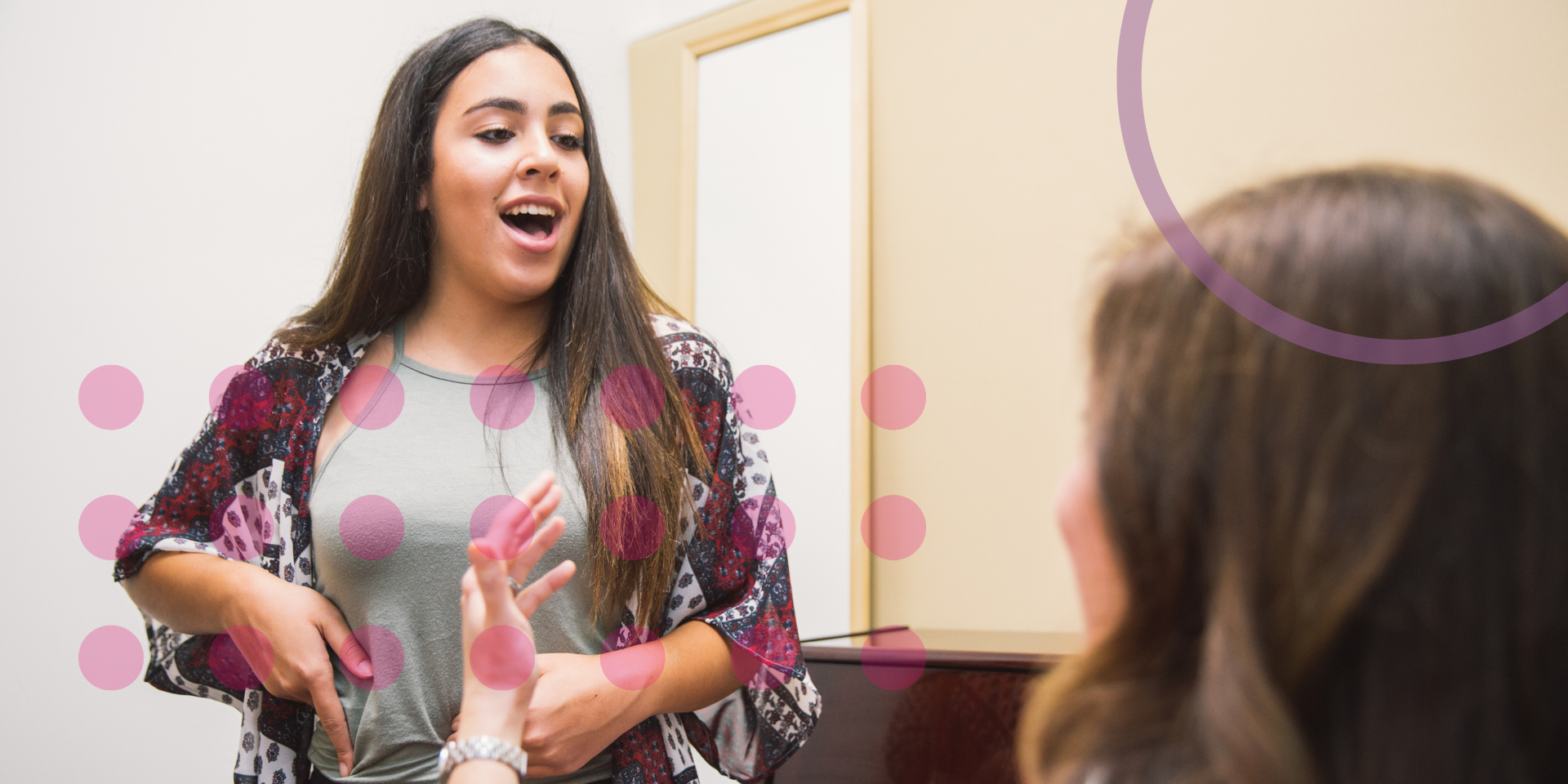
In the groove, part 2: a guide to Trinity's Drum Kit qualifications
BY: JJ Wheeler
25 September 2024
In a previous blog post, we explored the exciting Trinity Rock & Pop syllabus and its flexible options tailored to suit your learning style. Today, we're shifting our focus to the Trinity Drum Kit syllabus, part of our Classical & Jazz family of graded qualifications.
What is the Trinity Drum Kit syllabus?
The Trinity Drum Kit syllabus offers a comprehensive set of graded qualifications, allowing students to explore a wide range of styles with a particular emphasis on Musical Theatre, Jazz, and contemporary genres from around the world.
How to choose your pieces
Selecting pieces from the syllabus is straightforward. For face-to-face exams, or digital exams following the Technical pathway, you’ll need to perform two ‘Group A’ pieces (with backing track) and one ‘Group B’ piece (solo, without a track) from the corresponding Trinity College London Drum Kit Exam Pieces book for your grade. These books are grouped into three levels: Initial – Grade 2, Grades 3 – 5, and Grades 6 – 8. Alternatively, you can choose one listed piece from Introducing Drum Kit or Trinity’s Raise the Bar series for either Group A or Group B. Check the syllabus to see which of these pieces are allowed.
Did you know you can swap a Group B piece for an original composition? Just make sure to check the Drum Kit syllabus (page 18) for guidance on ensuring your piece meets the required standard.
Technical Exercises for both exam formats
In both face-to-face exams and digital exams following the Technical pathway, students are required to perform two Technical Exercises. These are mini-pieces designed to showcase relevant techniques in the style of a particular drummer or genre, demonstrating the practical application of rudiments. Each grade's Drum Kit book includes three exercises.
- For Face-to-Face Exams: You can choose one exercise to perform, and the examiner will select a second from the remaining options.
- For Digital Exams: You’ll need to perform two exercises of your choice.
If you’re submitting a digital performance following the Technical pathway, choose THREE pieces (two from Group A and one from Group B) and present the Drum Kit digital technical work for the grade. Each piece is 22%, the technical work 14%, and ‘overall performance’ (as explained in the digital grades syllabus) the remaining 20%.
Digital exams: the Repertoire-only pathway
If you’re opting for a digital exam following the Repertoire-only pathway, the process is similar but with one additional piece. Choose FOUR pieces (at least two from Group A, and at least one from Group B) as shown on pages 12 and 16 of the Drum Kit syllabus. This is the most straightforward option as each set is worth 25% of the exam.
Recording your exam
When you're ready to record, set up a camera, tablet, or phone in a position that captures good-quality, balanced audio (between backing track and instrument) and provides a clear view of your face and most, if not all, of your drum kit. A side-on view through the hi-hat stand often works best, but feel free to experiment with different camera placements to suit your space. The audio should be captured from a single point within the room, either through your recording device or via a single mic/stereo pair connected to an audio interface. When you’re ready, hit record and perform your set in one continuous take. Editing or splicing together different takes is not allowed, as the Overall Performance criteria assess your ability to maintain focus, communication, and stylistic integrity across the entire set—crucial skills for any performing musician.
Submitting your exam to Trinity
Once you're satisfied with your performance, enrol and pay for your exam at https://booking.trinitycollege.com. You’ll receive a link to upload your performance along with the details of the pieces you performed. Expect to receive your marks, examiner comments, and certificate within two weeks of submission.
Supporting Tests for face-to-face exams
In face-to-face exams, performers also complete two supporting tests of their choice from the following:
- Aural Test
- Sight Reading (compulsory at Grades 6-8)
- Improvising
- Musical Knowledge (Initial – Grade 5 only)
Aural Tests are interactive exercises based on a musical excerpt, where you demonstrate your aural perception and musical understanding.
Sight Reading requires you to perform an excerpt of sheet music after a short practice period.
Improvisation involves responding to a notated rhythmic stimulus played by the examiner. After the examiner plays the rhythm twice, you’ll play it back, then have time to study and practice before performing your improvisation. The preparation time is 30 seconds for Grades Initial to 5, and 60 seconds for Grades 6–8. You can approach drum kit improvisation as time/groove with fills, a melodic/linear concept, or a combination of both. Consider dynamic contrast, thematic development, and phrase structure in your improvisation.
Musical Knowledge tests your understanding of the pieces you’ve performed, as well as your knowledge of notation and your instrument. Examiners ask questions to assess your understanding of the wider musical context.
Ready to book your exam?
For face-to-face exams, find your nearest public centre on the booking link or arrange a private exam if available. For digital exams use the booking link.


-1.jpg)
Comments & Replies